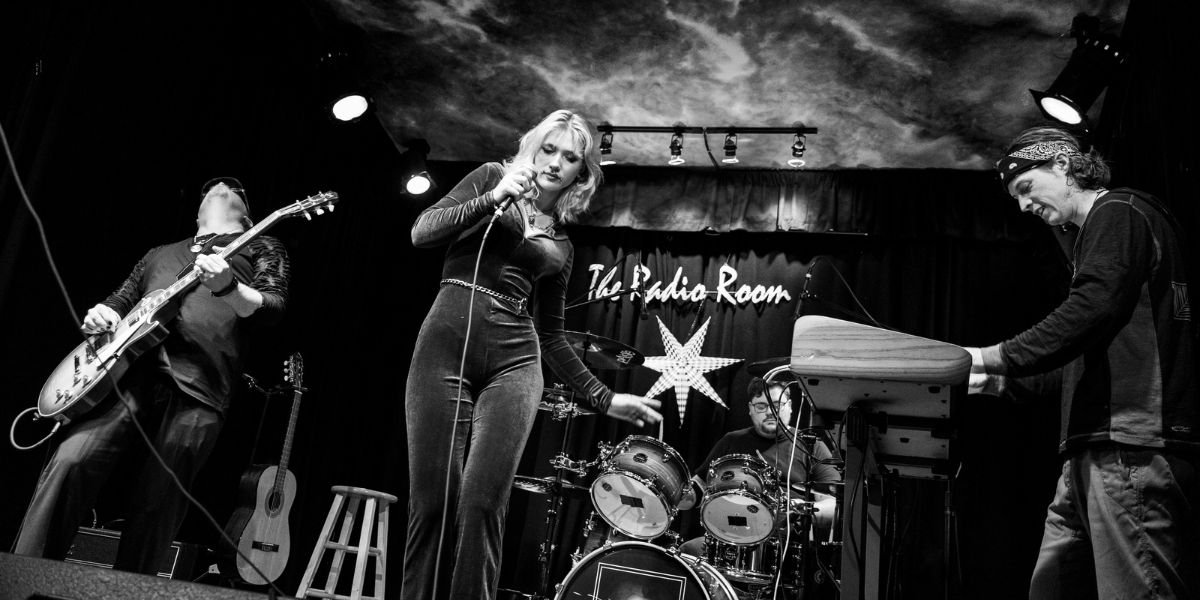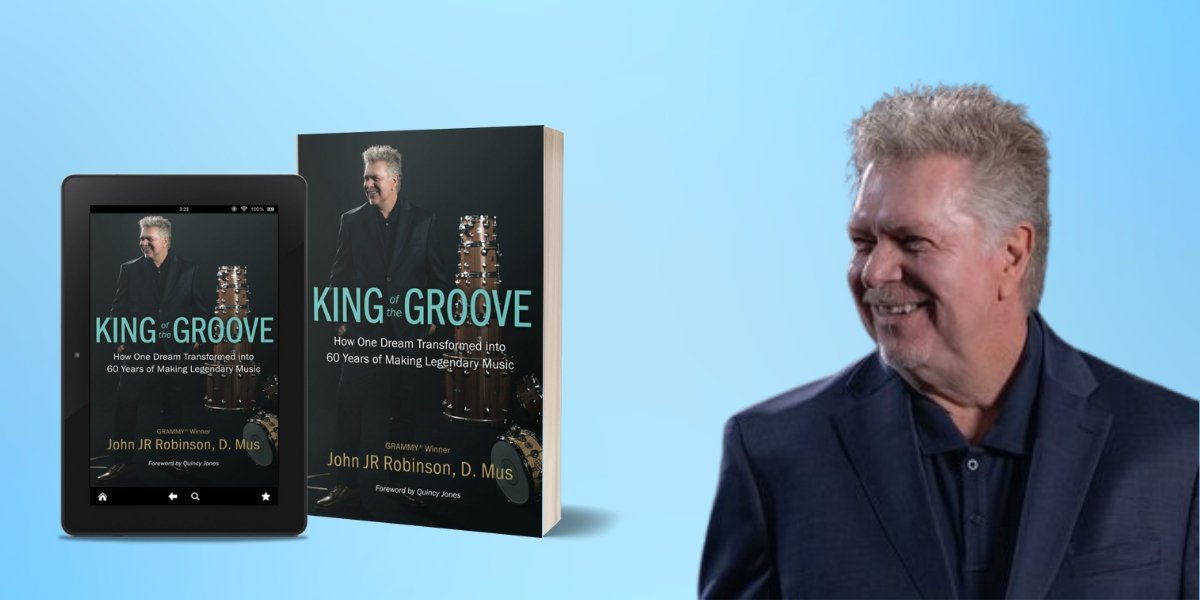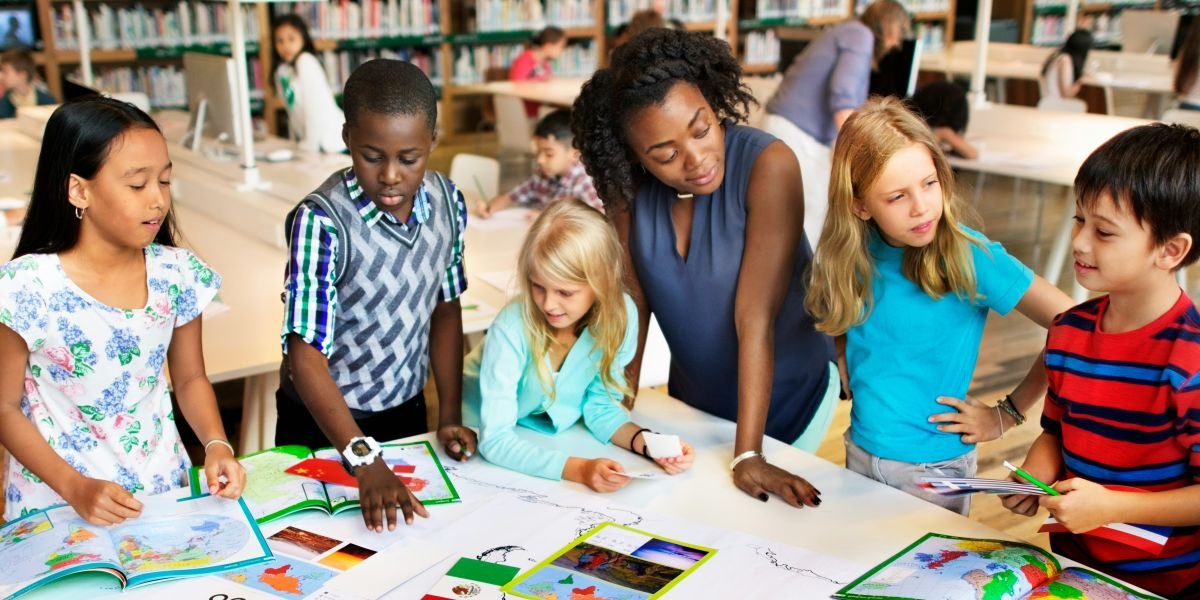By: Ben Yoder
In the 21st century, the orchestra classroom is no longer confined to traditional instruments and sheet music. It has transformed into a dynamic space where technology is crucial in enhancing teaching and learning experiences. Pioneers in music education, like Ben Yoder from Indianapolis, are leading this transition, integrating various digital tools and techniques to redefine how orchestra is taught and experienced.
Embracing the Digital Shift
Technology integration in music education has opened up new possibilities that were once unimaginable. With various software and hardware at their disposal, educators can now offer their students a more interactive, engaging, and personalized learning experience. This shift is not just about keeping up with the times; it’s about enriching each student’s musical journey.
Tools for Enhanced Learning
Music Composition Software: Software like Sibelius and Finale has revolutionized music composition and notation. These programs allow students to easily compose, arrange, and visualize music, offering a more hands-on approach to understanding musical concepts.
- Digital Audio Workstations (DAWs): DAWs such as GarageBand and Ableton Live enable students to record, edit, and mix music. They provide a platform for students to experiment with different sounds and styles, fostering creativity and innovation.
- Virtual Instruments and Simulators: These tools offer a cost-effective solution for schools that may not have access to a wide range of traditional instruments. Virtual instruments also allow students to explore sounds beyond the conventional orchestra.
- Interactive Whiteboards and Tablets: Used for displaying scores, conducting multimedia presentations, and even simulating instruments, these devices make learning more interactive and accessible.
Incorporating Technology in Teaching Techniques
Ben Yoder, a seasoned music educator, emphasizes the importance of using technology as a tool and an integral part of the teaching methodology. Here are some ways educators can incorporate technology in the orchestra classroom:
- Blended Learning: Combining traditional teaching methods with digital resources can enhance the learning experience. For example, students can watch instructional videos at home and apply the concepts during class.
- Flipped Classroom: This approach involves students learning new content online, outside of school, and then using class time for more in-depth discussions and practical applications.
- Real-Time Feedback: Using technology that provides immediate feedback on pitch, rhythm, and intonation helps students self-correct and improve faster.
- Collaborative Projects: Technology facilitates collaboration within a classroom and with students globally. Online platforms enable students to engage in joint projects, broadening their musical perspectives.
Overcoming Challenges and Limitations
While integrating technology in the orchestra classroom offers numerous benefits, it also comes with its challenges. Budget constraints, lack of resources, and the need for teacher training can hinder technology implementation. However, educators like Ben Yoder have demonstrated that these challenges can be overcome with creativity and a commitment to innovation.
The Role of Professional Development
For effective integration of technology, professional development is key. Teachers must have the knowledge and skills to use various technological tools effectively. Workshops, webinars, and conferences can provide educators with the necessary training and support.
Looking Ahead: The Future of Technology in Orchestra Education
As we look into the future, the possibilities of technology integration in orchestra education are boundless. Emerging technologies like Augmented Reality (AR) and Virtual Reality (VR) could offer immersive learning experiences, making music education more engaging. AI and machine learning could provide personalized learning pathways for students, catering to their needs and pace.
Conclusion
The integration of technology in the orchestra classroom is not just a trend; it’s a necessary evolution that aligns music education with the digital age. Educators like Ben Yoder are leading this change, proving that technology can transform the orchestra classroom into a vibrant and innovative learning environment when technology is used effectively. As we embrace these changes, the future of orchestra education looks more exciting and promising than ever.








